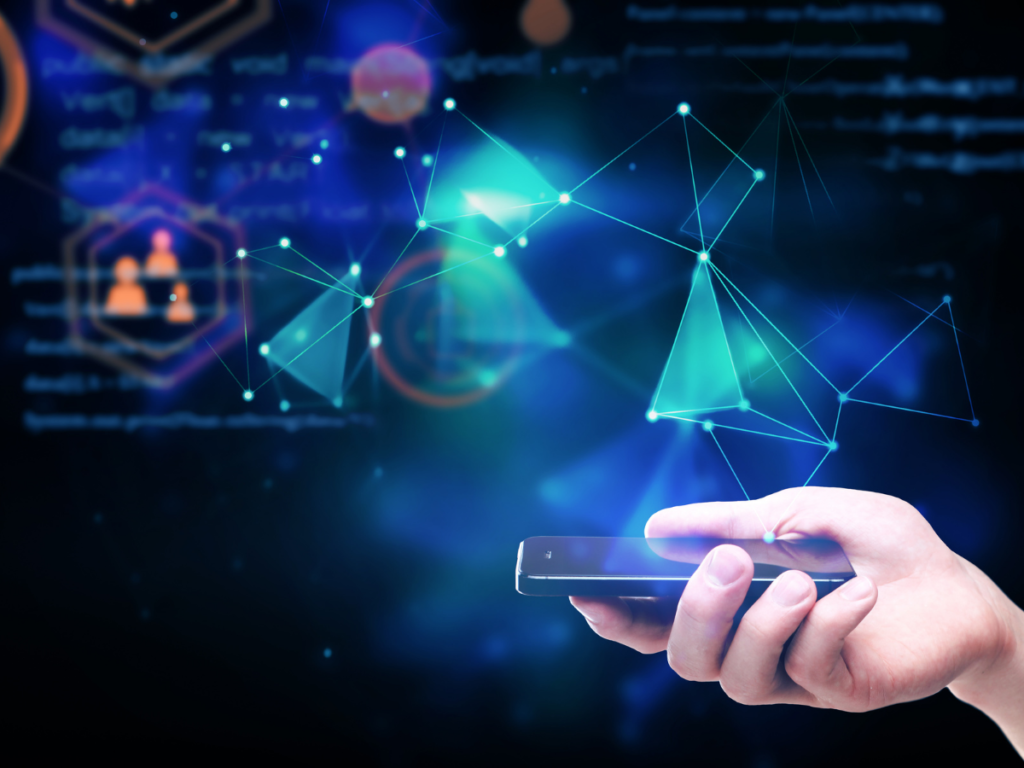The Internet of Things, popularly known as IoT, is nothing but a system of connected devices that share information. These connected devices can be computers, machines or industrial systems. IoT devices used sensors that transmit information from one device to another. These built-in signal systems collect data, convert it into information and transmit it to other devices.
The connected systems will make the information flow much more agile and flexible. IoTs real-life examples range from smart factories to smart homes, which make life easier. These connected devices automatically detect machine failures and repair them without any human effort.
“The Internet of Things is not a concept; it is a network, the true technology-enabled Network of all networks.” — Edewede Oriwoh

The main reason behind the popularity of IoT is the availability of servers and processors at low costs. IoT altogether enhances the capability of manual devices through the integration of Artificial Intelligence. Artificial Intelligence gives human-like abilities to machines. AI helps machines to think and learn and solve problems. Scientists have further developed four Artificial Intelligence types: Reactive Machines, Limited Memory, Theory of Mind and Self-awareness.
The popularity of IoT is increasing day by day. The number of devices connected to the network is increasing rapidly. According to recent research, there are 20.6 billion devices connected to a shared network. IBM had reportedly announced that it will be allocating $200 million for developments in IoT, BlockChain and related technologies. Microsoft has also developed PaaS, Platform As A Service, to settle its place in the IoT market. It is also predicted that the USA and China will emerge as the largest IoT markets by the end of 2024.
Exploring The History of IoT
The concept of a connected device, IoT, can be traced back to 1832, the invention of the first Electromagnetic Telegraph. The invention used signals which were transmitted between two or more connected devices. The next milestone in the field of connected devices surprisingly was a CoCo Cola vending machine (in the 1980s) operated by local programmers at Carnegie Melon University. Micro Switches were integrated with the vending machine to keep track of the soda cans and the cooling effects.
It was in 1999, Kevin Ashton coined the term “the internet of things.” He was a visionary who explained the benefits of connected devices for enhancing Supply Chain Management. He defined IoT as a technology that used RFID tags to track goods. However the theory of RFID technology differs from the IP based IoT, but his work was revered as a breakthrough for technological improvements in IoT.
So what are the factors that are elevating the status and adoption of IoT?
We have listed down some important ones here:
- Falling costs of sensors
- The growing number of tablets, smartphones and other smart devices
- The wide accessibility of the internet
- Diminishing costs of data collection and storage due to cloud solutions
Due to the above-listed reasons, the IoT has also expanded its verticals into:
- Internet of Medical Things
- Smart Agriculture
- Smart Retail shops
- Automotive IoT
- Industrial IoT
IoT has given sizable contributions to the lives of human beings, however, there are some shortcomings to the implementation of IoT.

According to recent research carried out by HP, the system of interconnected devices can be hacked easily. The information drenched out can be used for illegal activities and can destroy the lives of the people. Around 70% of all devices are prone to cyber-attacks. Data breaching has also become a common activity due to the implementation of IoT in the systems.
“Despite hacks and privacy issues, people will feel a need to keep connected, partly because companies will reward them for doing so (or make life difficult if they don’t).” — Joseph Turow
The interconnected technology is evolving swiftly despite the cybersecurity challenges. People will be able to save a great amount of money and energy through the integration of IoT. It will definitely improve the quality of life and make it more convenient for easier communication and transactions.
To know more about our iOT projects, contact us now!
For Digital Transformation Services
Digital Transformation